Photodynamic therapy holds great potential for cancer treatment.
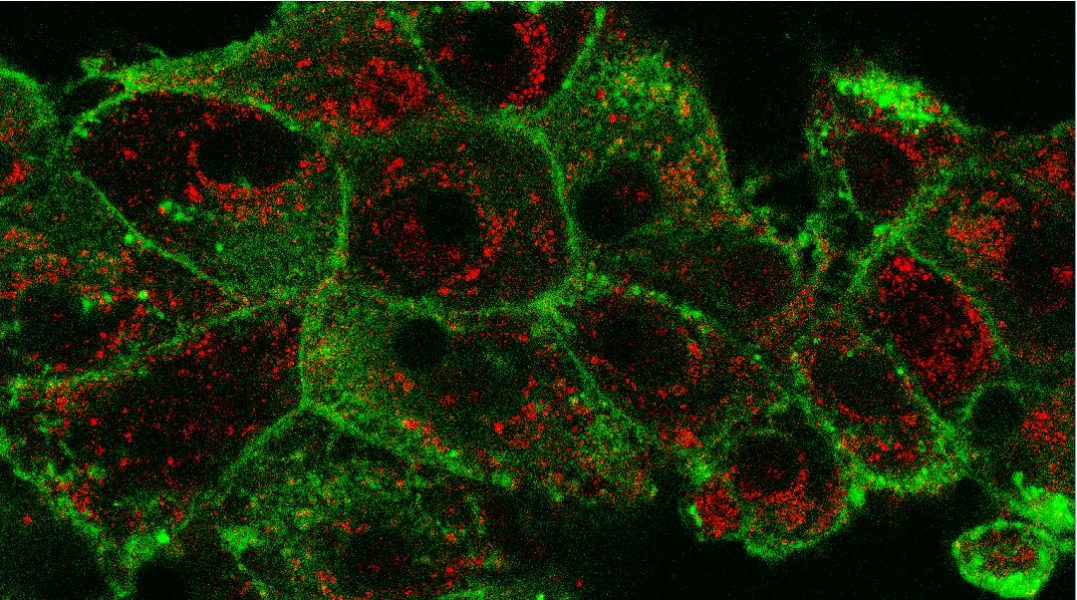

Photodynamic therapy holds great potential for cancer treatment.

Nanotechnology has emerged as an innovative tool in medicine that could alter the landscape in relation to disease treatment and prevention.
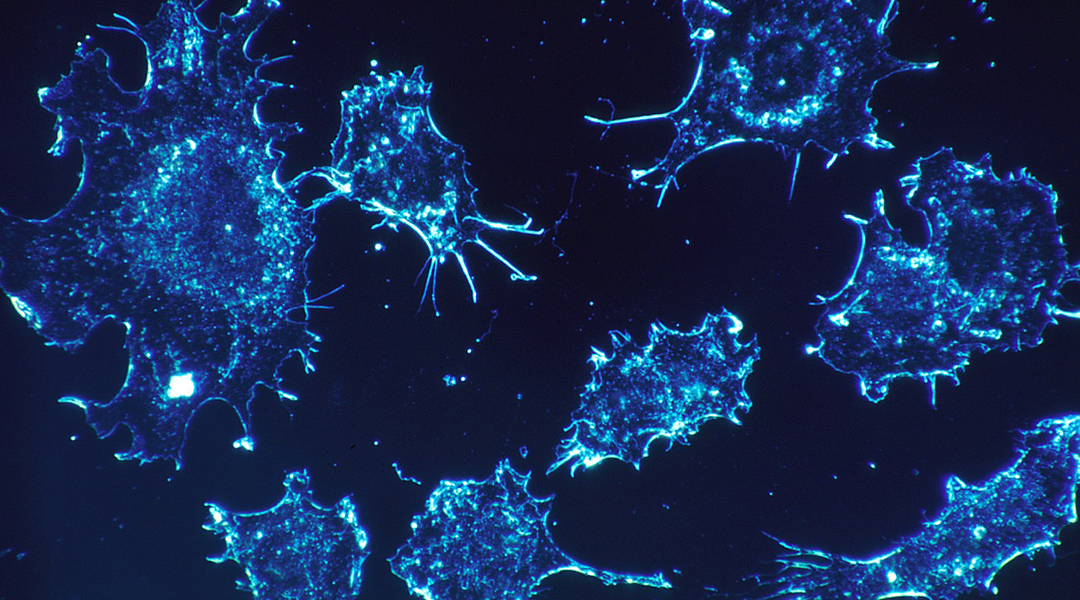
Polymers have been shown to improve the biological capabilities of optical contrast agents to improve diagnosis of diseases such as cancer.
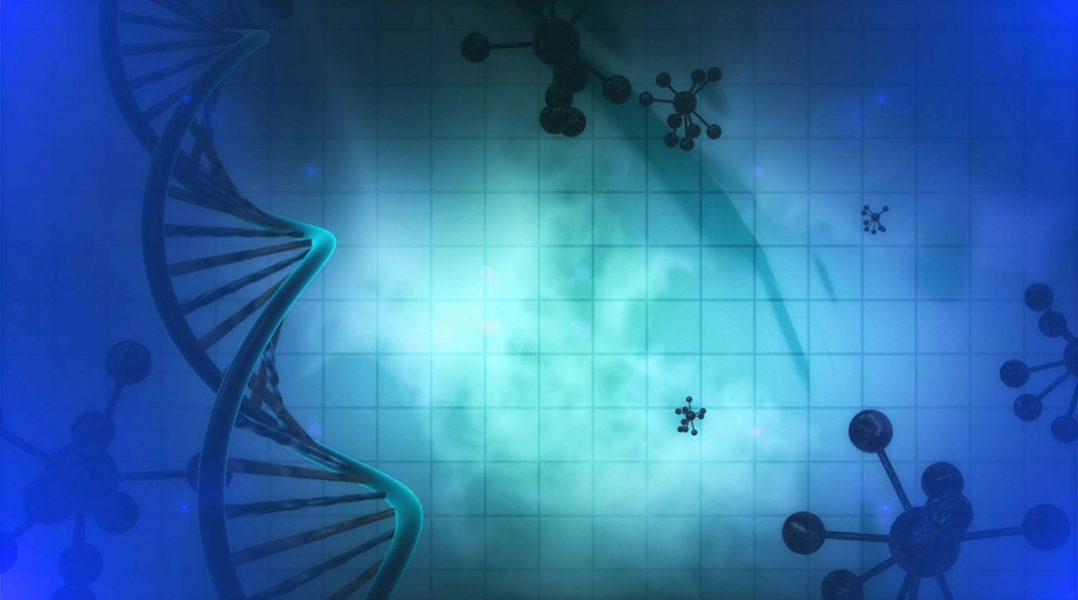
MiRNAs area class of noncoding RNA important for gene expression regulation in many plants, animals and viruses.
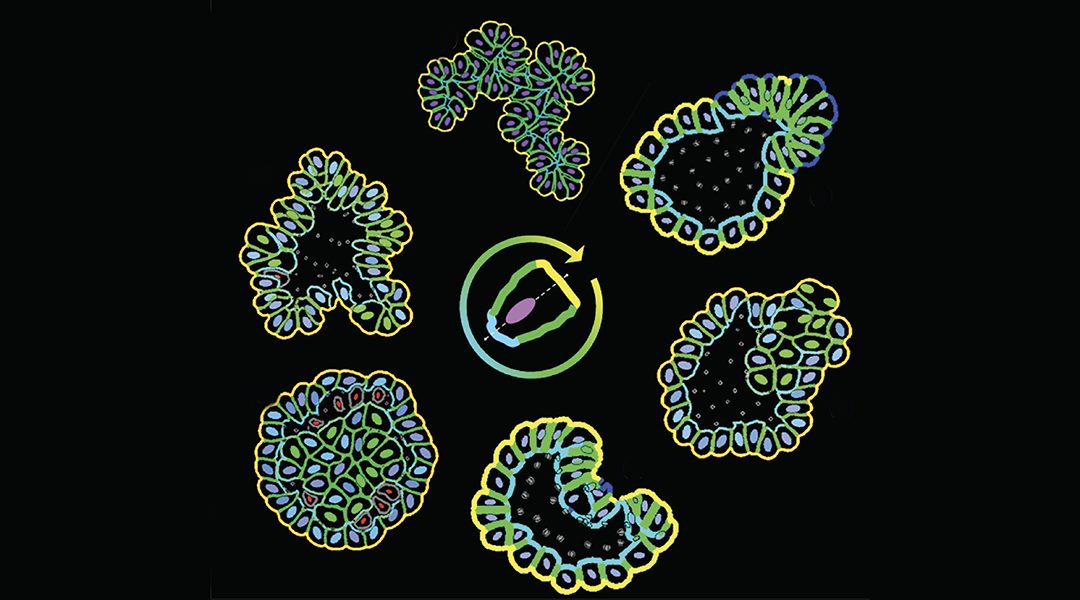
State of the art of mathematical hybrid modeling of cancer development and treatment.
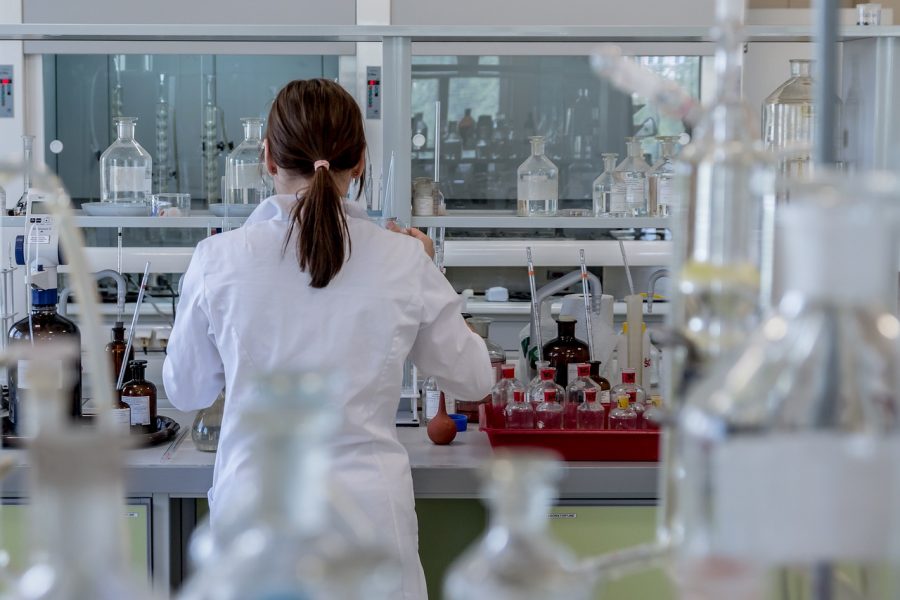
How magnetic targeting of drugs and/or magnetically induced release of drugs can be harnessed to improve the treatment of cancer.
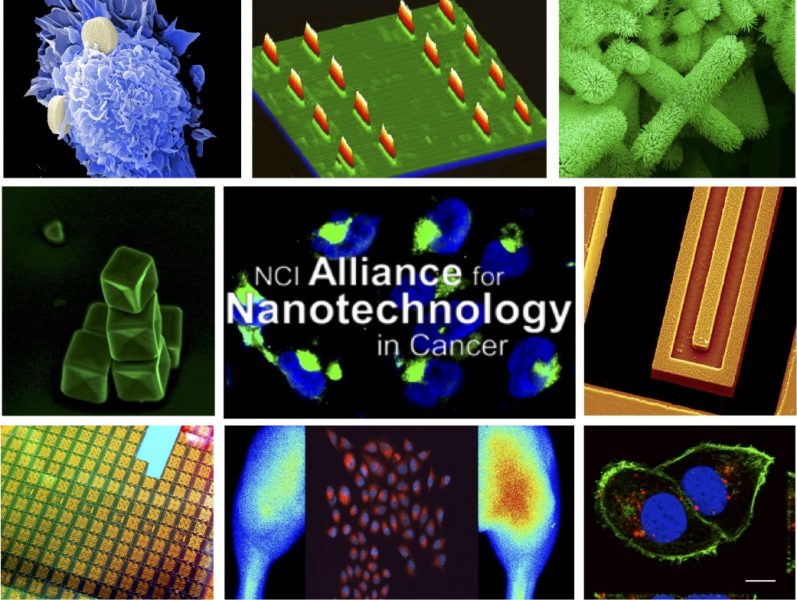
The NCI Alliance for Nanotechnology in Cancer program was established in 2005 to accelerate integration of nanotechnology into cancer research and oncology.
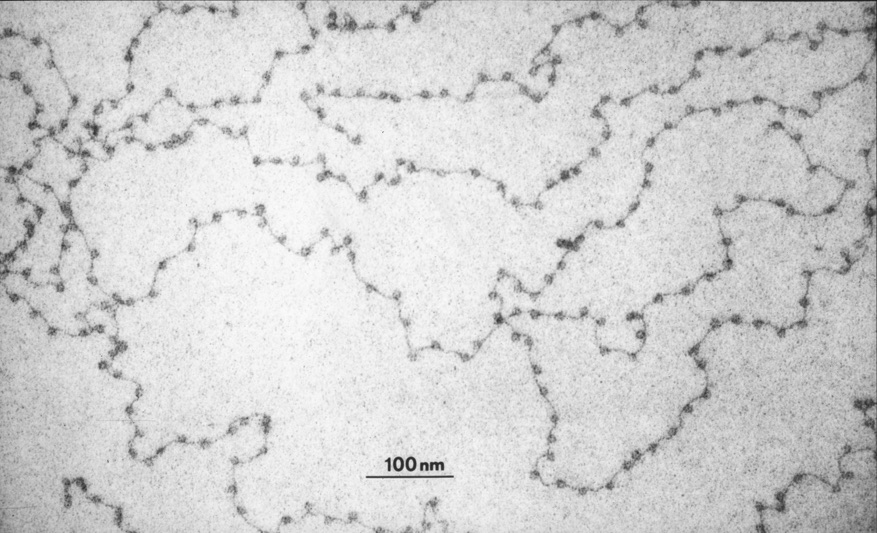
It is now possible to distinguish the pattern of DNA fragments of normal cells from cancerous cells within the blood of individuals with surgically-operable early stage cancers.1 Regions of the genome have their own local differences in cancer-specific,...
Photodynamic therapy combines light and a photosensitizer to generate reactive oxygen species to induce cellular damage.

Novel biocompatible nanocapsules for combined nanocatalytic, photothermal, and chemotherapy.